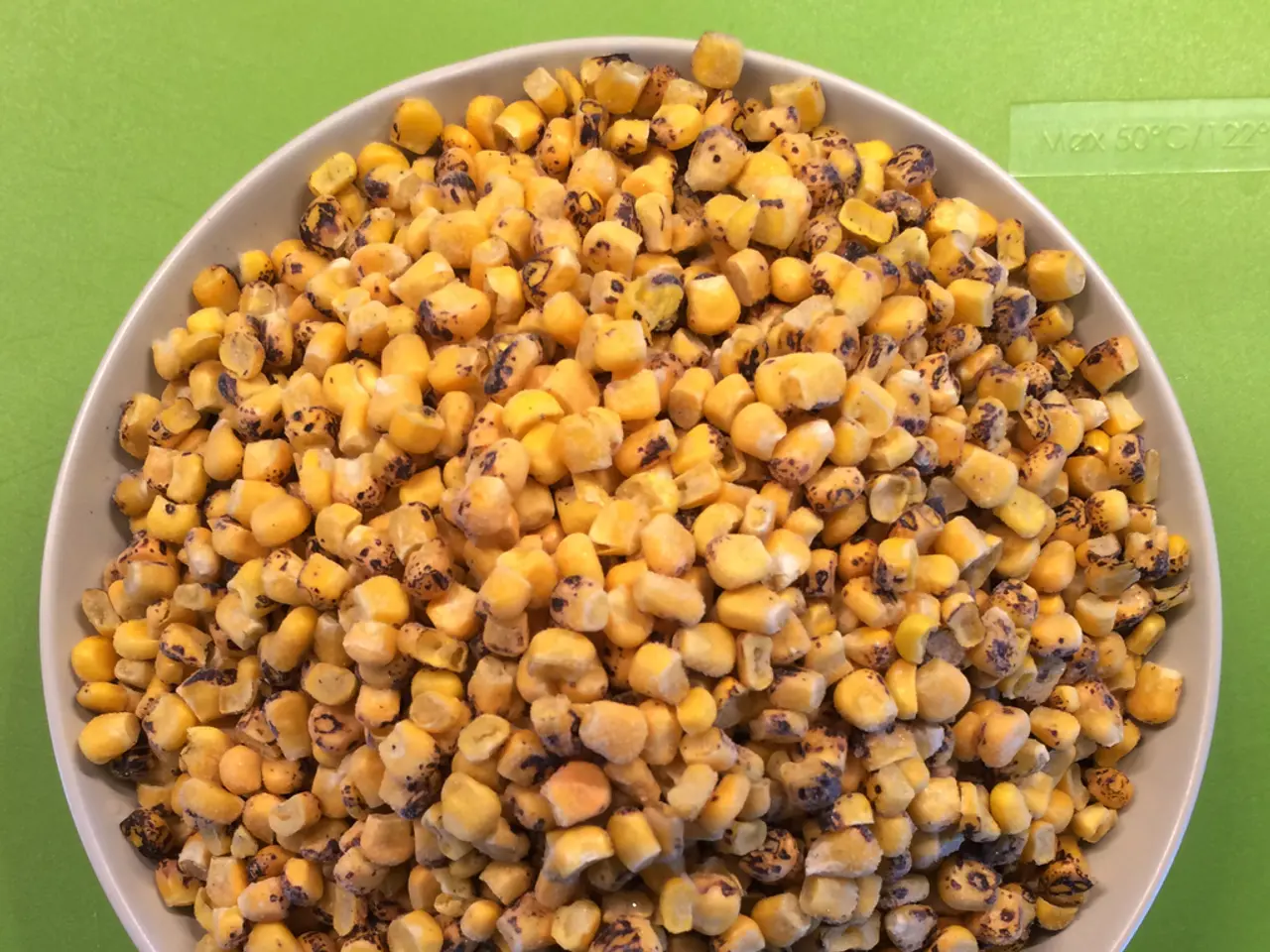India's push for biofuels pinches chicken farmers' earnings
India's biofuel program, with a focus on ethanol blending using crops like maize, has had a significant impact on the agricultural sector. The program has boosted maize prices and farm incomes for maize growers, but it has also put pressure on small poultry farmers and the broader agricultural economy.
Maize prices have more than doubled from around Rs 1,200 per quintal to Rs 2,600–2,800 due to the biofuel-driven demand, with a corresponding increase in maize acreage. For small maize farmers, this represents a financial gain. However, the growing focus on maize and sugarcane for ethanol has created competition for land and resources, diverting cultivation away from other crops important for nutrition and animal feed, such as soybean. This could indirectly affect poultry farmers who rely on diverse and affordable feed ingredients.
The increased maize prices also raise feed costs for poultry farmers, which can reduce their profitability. Evidence suggests small-scale poultry farmers face profit pressures partly due to biofuel policies that prioritize crop-based ethanol production.
India’s biofuel policy currently relies mainly on first-generation ethanol from food crops, discouraging the transition to second-generation (2G) ethanol made from agricultural waste. This reliance exacerbates the “food-versus-fuel” dilemma and contributes to higher crop prices in food and feed markets.
The small town of Ghazipur, along the Ganges river in north India, is experiencing a decrease in egg production due to a 40% increase in the price of feed for free-range hens, a direct consequence of the rising maize prices.
Experts suggest that new biofuel technologies, such as 2G ethanol, could reduce the strain on food systems and help India meet its blending targets without compromising food security or land-use change. The government could encourage the shift to 2G ethanol by limiting the land and water footprint of ethanol production and offering a clearer definition of what counts as "sustainable ethanol."
The Indian government aims to have every litre of petrol sold in the country contain 20% ethanol fuel by the end of 2025. Meeting this target will require diverting land roughly seven times the size of New York City to grow enough biofuel crops. As of now, farmers and feed manufacturers are urging the government to increase maize cultivation and restrict its use in ethanol production.
However, obtaining loans is difficult for small farmers, and they have little room to cushion rising costs. Small farmers in Ghazipur, India, may be squeezed out entirely due to inflation and lack of negotiation power. Ethanol production now uses about a third of the total maize grown in India, putting it in direct competition with the poultry sector.
In summary, India's biofuel program has raised maize prices and improved farm incomes for maize growers but has also increased feed costs for small poultry farmers, squeezing their profits. The program’s emphasis on crop-based ethanol creates tensions between energy security and food/feed availability, highlighting the need for policy shifts toward more sustainable 2G biofuels to mitigate these impacts.
Read also:
- Catastrophic blast at a US Steel facility in Pennsylvania causes 2 fatalities, inflicts injuries on 10 individuals
- Weekly developments in the German federal parliament, the Bundestag
- Solar Shutdown: Merz Proposes Billions of Gas Discharge - Reverse Plan
- New guidelines for NEPA processes unveiled by federal agencies, in alignment with Executive Order 14154 and the Seven County Decision of the Supreme Court








